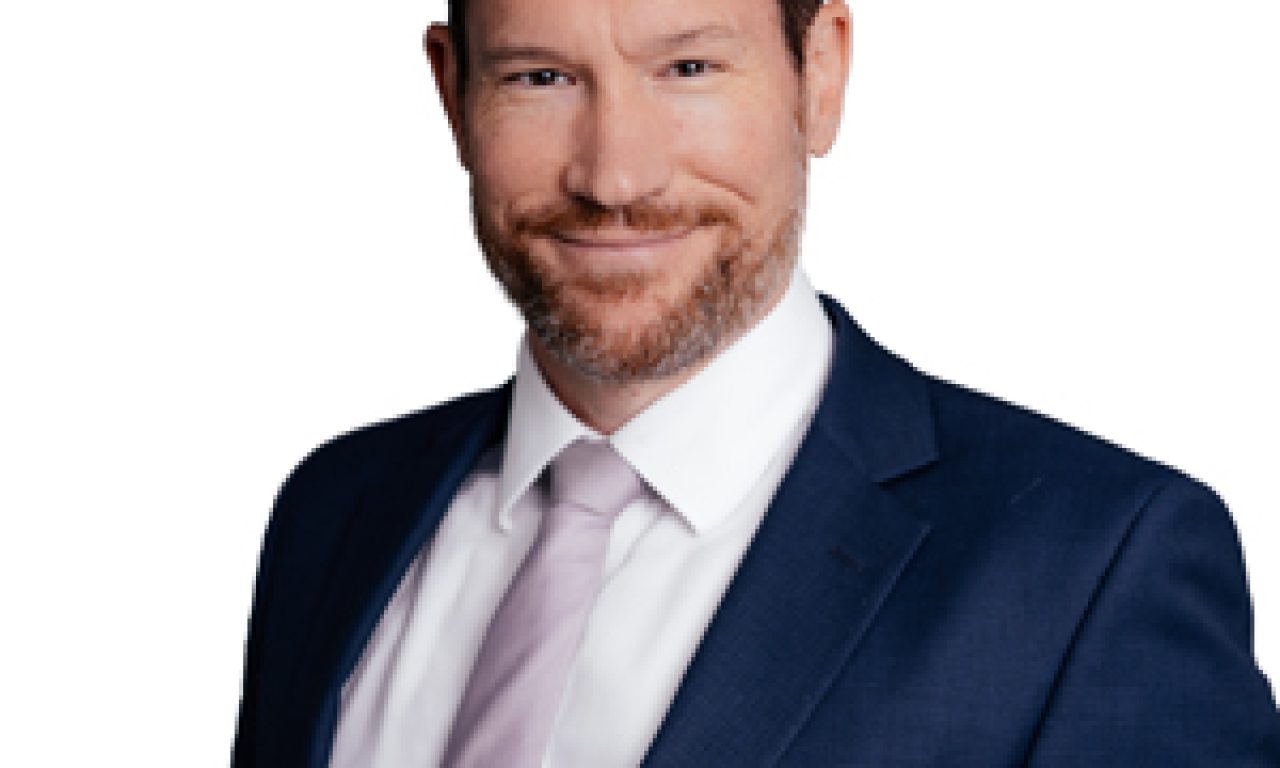by Greg Bright
After several years of shareholder complaints, customer complaints and a Royal Commission which also snared the big four banks plus AMP, IOOF is now in the firing line from Shine Lawyers in the latest big class action in Australian financial services.
Shine, which has mounted several major class actions in recent years, is currently building its book for current and former IOOF shareholders to stake their claim for damages over alleged misconduct and mismanagement. The noise surrounding the allegations and pending action has already claimed the scalps of Chris Kelaher, the well-known industry figure who led much of IOOF’s growth through acquisitions as chief executive from 2009 to 2019, and the company’s former chair George Vernardos. They both resigned after APRA attempted, unsuccessfully, to have them dismissed along with three other executives. Big shareholders are understood to have played a part in theirs and other resignations.
The relevant period for Shine’s class action is March 1, 2014 to July 7, 2015. Evidence in the courtroom, when it gets there, may spill over each side of the period. According to its ‘concise statement’ lodged with the Federal Court, Shine attributes many of IOOF’s problems to its “roll-up” expansion model, followed by non-disclosure of certain information which should have been revealed to the market under the ASX’s continual disclosure rules.
Conflicts of interest, particularly in the IOOF ‘advice research department’, also feature in the statement to the court. “There was a failure to identify, record and control conflicts of interest”, the statement says. There were also inadequate internal controls to supervise certain behaviours and ensure compliance with relevant legislation and regulation.
At the operational level, the statement alleges, IOOF failed to mitigate an inherent risk in its business model, which left it employing manual and other work to attempt to resolve incompatibility of legacy IT systems of various newly acquired businesses and IOOF’s own systems. “In this context IOOF had a high volume of breaches of its own risk policies, including unit pricing errors, which were reported to APRA but not disclosed to the market,” the statement says.
Craig Allsopp, the senior solicitor for Shine in the class action, previously worked at ASIC for six years. He said last week that the plaintiffs believe that IOOF’s model hinged on a core of shared services and that those shared services were not adequately resourced as the organisation’s financial planner network grew to 1,600 and IOOF’s funds under management doubled.
IOOF acquired the independent advisory firm Bridges in 2009 but, like many predecessors in financial services acquisitions over the years, tended to cut costs rather than allow the new acquisition to continue to grow organically of its own accord.
“We’re saying in our claim,” Allsopp says, “that the IOOF conduct, or misconduct, dates as far back as 2009.”
Patrick Liddy, principal of MSI Group, who is assisting with the investor book build for the class action, said several big super funds had either signed up to support the action or were in the process of doing so.
Note: Shine Lawyers is a sponsor of Investor Strategy News.

